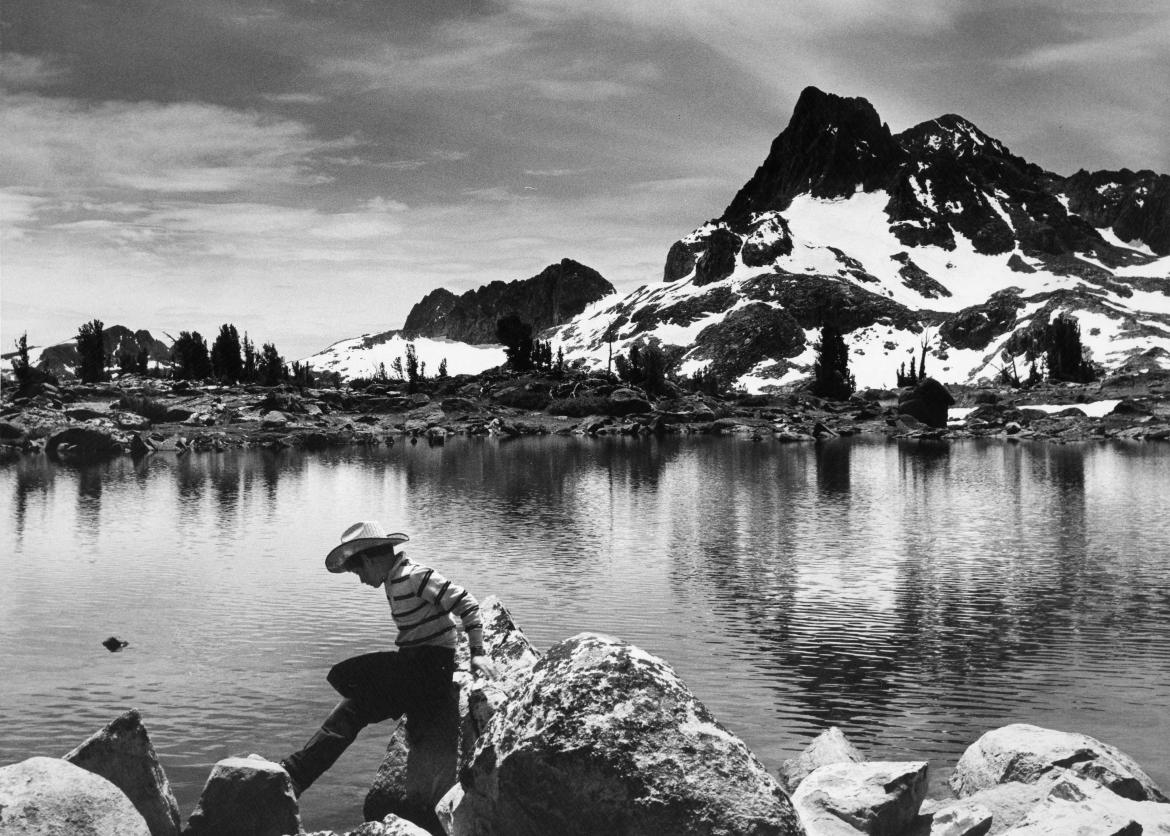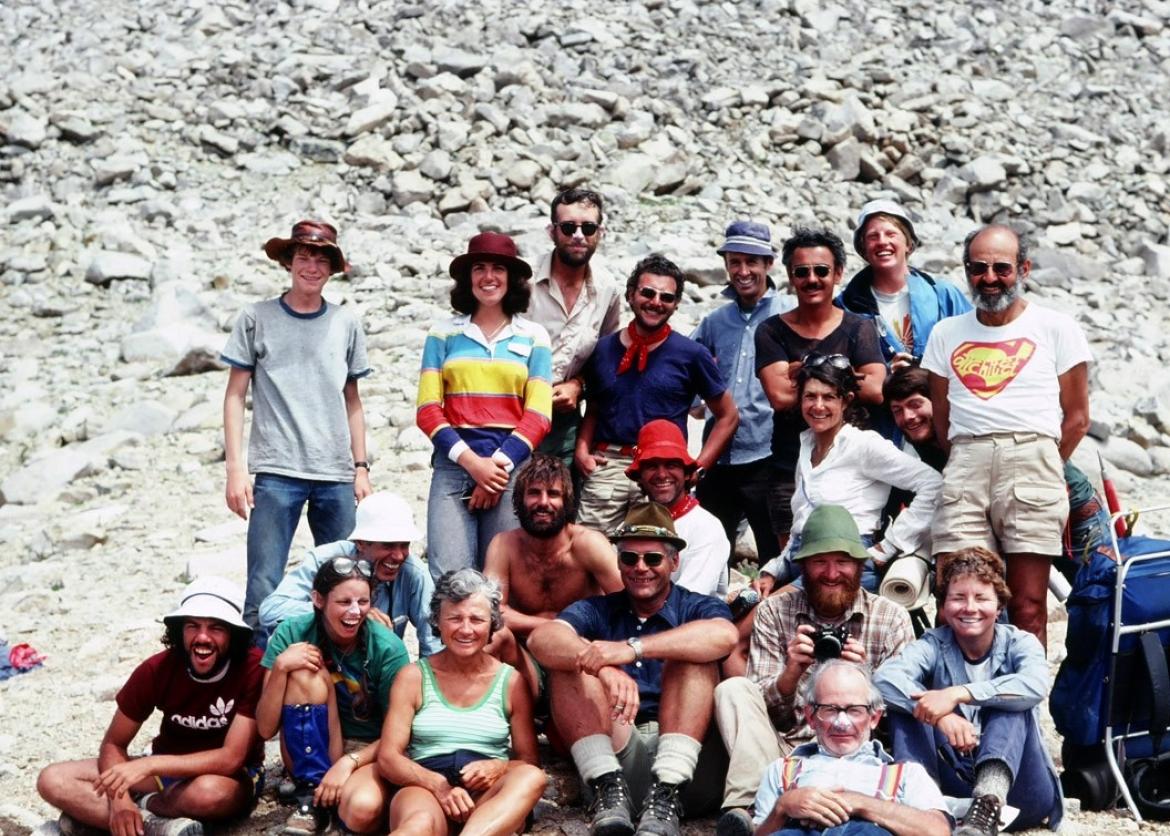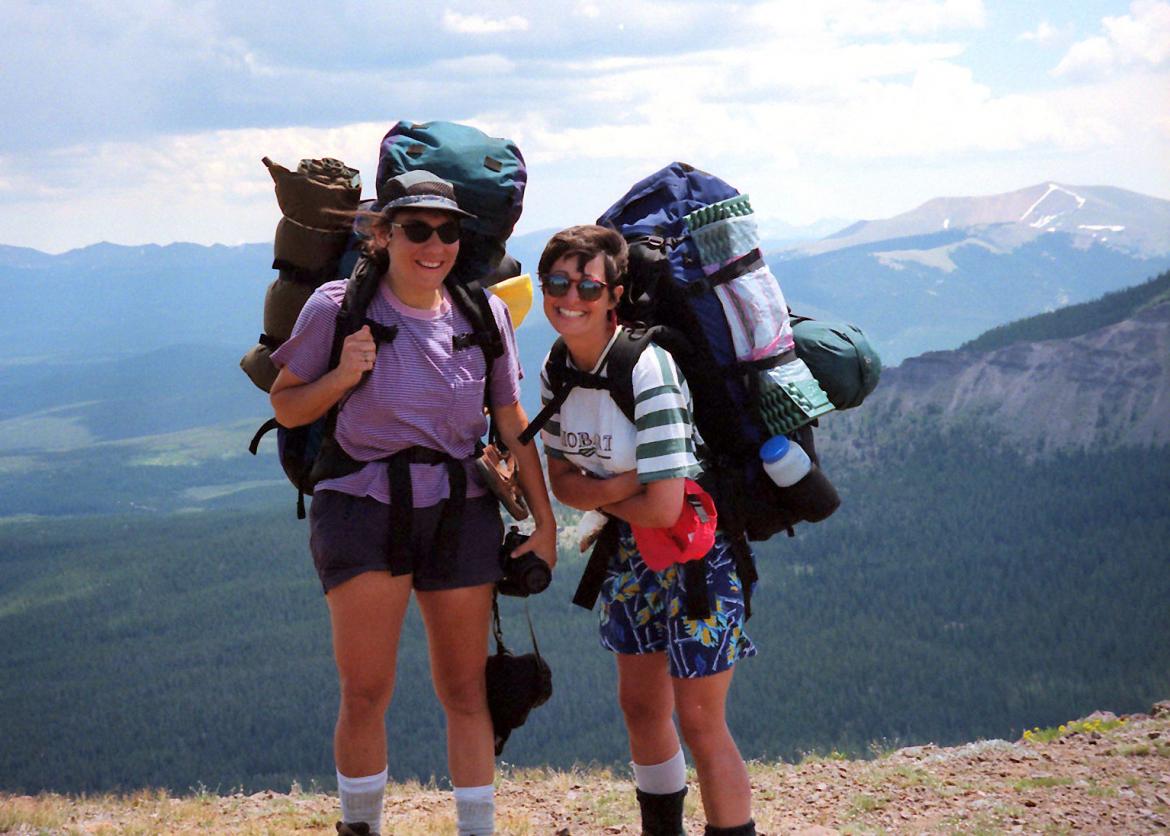We think that every year is special with Sierra Club Outings. Our adventures have a sense of purpose, and our volunteer leaders are eager to share some of their favorite places with you. What makes 2014 extra-special, though, is that this year we are celebrating the 50th anniversary of the Wilderness Act, the landmark 1964 law that provides the highest level of legal protection for many of the wild places our domestic trips visit.
Since its founding in 1892, the Sierra Club has been a leader in advocating for the sort of protection that the Wilderness Act provides. This year we invite you to celebrate our success by joining us on a trip to one of the designated wilderness areas protected by the Wilderness Act, or to anywhere in the United States or across the planet that needs more advocates. For more on this important milestone, please see the reflections below by Wilderness50 National Planning Team co-chair Vicky Hoover and Sierra Club executive director Michael Brune.
This year we're also highlighting a set of trips that have special appeal for younger adventurers. Even if you—like myself—are a few years older than the Wilderness Act, I hope you will share these trips with a younger friend or relative—perhaps a son, daughter, grandchild, or coworker's kid—and thus help pass the legacy of the Club and of the Wilderness Act on to new generations.
I hope to see you out on the trail in 2014!
Bill Flower
Outings Chair and Trip Leader

Have you ever wondered—perhaps on a Sierra Club trip—how our nation came to have such broad swaths of wild, natural, and undeveloped lands preserved forever?
These protected places are no accident. They are the direct result of efforts by the Sierra Club and other advocacy organizations to convince Congress to establish—by law—a National Wilderness Preservation System for the “use and enjoyment of the American people.” Throughout 2014 we will celebrate the success of those efforts 50 years ago, with the passage of the Wilderness Act.
Since 1892, the Sierra Club has promoted the principle behind the Wilderness Act: to forever set aside from human developments certain special places, by civic agreement. For over 100 years, our Outings program, led by dedicated volunteer leaders, has shared the nation’s special wild places with ordinary citizens like you, helping build public support for conservation projects, from the local level to the national parks system. And beginning in 1949, the Sierra Club hosted a series of biennial wilderness conferences to determine how best to preserve wild places and to strategize on turning this emerging plan into law.
The landmark legislation, signed by President Lyndon B. Johnson on September 3, 1964, defines wilderness as areas where “the earth and its community of life are untrammeled by man.” Wilderness designation provides the strongest and most permanent legal protection for wilderness values such as adventure, solitude, a respite from the pressures of civilization, clean air and water, scenery, wildlife, and scientific understanding of how the natural world works when left alone.
But the story doesn’t end there. Over the next 50 years, through the continued advocacy of the Sierra Club and partner organizations, Congress continued to expand the nation’s wilderness areas from the initial 9.1 million acres set aside in 13 states to about 109 million acres in 44 states today. (Except for in 2013, when no additional lands were protected.)
This year, we’ll reflect on the historic value of this major American cultural and environmental achievement. The Sierra Club, other wilderness groups, and the four federal wilderness management agencies have organized a year of celebrations to educate a broader public about the concept and benefits of wilderness.
We’ve designed the trips in this guide to give you a chance to enjoy those benefits and as a reminder of the need to set aside additional lands over the coming 50 years. After all, the intent of these trips is reflected in the historic legislation they helped to produce: “to secure for the American people of present and future generations the benefits of an enduring resource of wilderness.”
Vicky Hoover
Co-chair, Wilderness50 National Planning Team

When asked to define “swing,” Louis Armstrong replied, “If you don’t feel it, you’ll never know it.” For wilderness, the reverse may be true: If you never get the chance to know wilderness, you’ll never feel it. Every Sierra Club outing, whether to the ends of the earth or to a local park, is an opportunity to know—and feel—the value of wilderness.
In our always-on modern world, such opportunities are more precious than ever, and we cannot take them for granted. All the more reason to be grateful that so many dedicated people have worked so hard to protect wild places—and that for 50 years the Wilderness Act has been such an effective tool to help them do it.
What’s become increasingly obvious, however, is that protecting wilderness goes beyond setting aside the most beautiful or pristine or remote places (not that there’s anything wrong with that!). We’ve discovered how important it is to keep complete, functioning ecosystems viable. It’s impossible to make a wilderness area too large, but all too easy to create one that is too small.
Likewise, the greatest challenge of this still-young century—climate disruption—has major implications for how we think about and protect wilderness. Although landscapes like coastal wetlands will be affected by rising sea levels, for instance, they can also help protect us from storm surges—provided we haven’t replaced them with condominiums. Climate disruption also affects our ability to protect ecosystems for endangered and threatened species. If species are forced to adapt to a new climate by migrating, then we must have the foresight to protect the places they will migrate to.
The threat of climate disruption can be hard to visualize. Not so the threat from the drilling and mining industries that seek to exploit the public lands that contain so much of our nation’s remaining wilderness—from the Arctic to the Gulf of Mexico. Fortunately, responsibly sited clean energy solutions are far less disruptive. There’s no clean energy equivalent to a pipeline leak, a contaminated aquifer, or a blasted mountaintop.
Ultimately, though, as Edward Abbey wrote: “The idea of wilderness needs no defense, it only needs defenders.” By knowing, appreciating, and standing up for wilderness, we can all help secure the legacy of the Wilderness Act for generations to come.
Michael Brune
Executive Director, the Sierra Club

